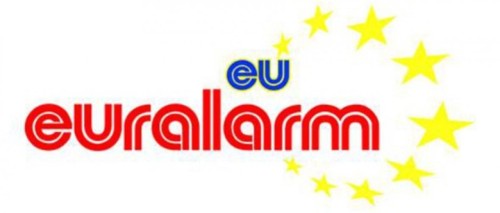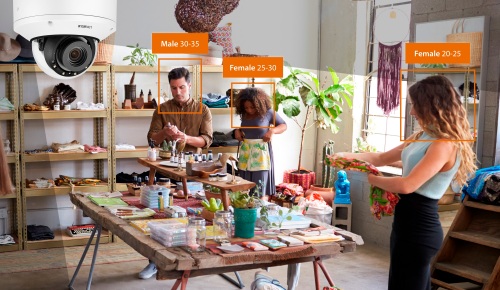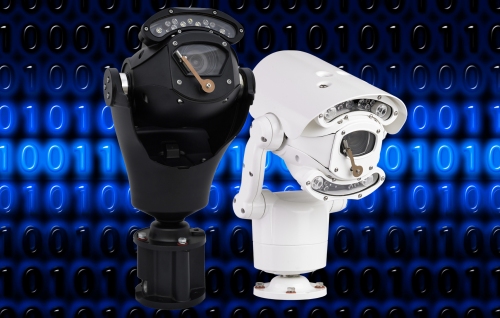As a direct consequence of COVID-19, many hospitals have needed to quickly erect new portable buildings to expand the capacity of certain sensitive areas. In turn, this has created a requirement to immediately expand the scope of existing CCTV systems to ensure Control Room operators are able to monitor and react appropriately to any suspicious activity in the vicinity of the new buildings.
New Cross Hospital, which is run by the Royal Wolverhampton Hospitals NHS Trust, is just one of many throughout the UK faced with the challenge of ensuring all areas of its campus can be monitored on a 24/7 basis. Providing 700 beds and employing circa 9,500 members of staff, it’s the largest teaching hospital in the Black Country, having been originally built in 1900 as a workhouse.

The need to install a new 4K camera in a location over 300 metres from the hospital’s Control Room initially seemed daunting in terms of the cost of laying the network cabling normally needed to transmit the ultra-HD images captured by IP cameras.
“Apart from the cost of the engineering work and the disruption caused by installing the new cabling, it would also have taken several days to achieve,” said Dan Mather, director of Derby-based JKE Security who’ve enjoyed a long-term working relationship with the Royal Wolverhampton Hospitals NHS Trust.
“We clearly needed to find a much simpler and cost-effective solution which would enable our clients to take full advantage of the superb quality images captured by 4K cameras and, if necessary, pass evidence of any wrongdoing to the police.”
 Finding the solution
Finding the solution
Mather sought advice from Smart R Distribution, the Haverhill-based specialist electronic security products distributor. The business was able to offer Mather an assurance that its own brand 602POE-2P single port PoE Ethernet Extender would be able to reliably support a new 4K Wisenet PNP-9200RH dome camera by facilitating the transmission of the IP images over the hospital’s existing coaxial cabling.
The Smart R 602POE-2P is proven to be able to robustly transmit data over any two-wire cable and, with the ability to handle bandwidth of up to 200 Mbps, is more than capable of coping with the transmission demands of the Wisenet 4K camera.
“Although we didn’t source the camera directly from Smart R, it could not have been easier to connect it to the Ethernet Extender,” said Mather. “It was truly a case of plug-and-play, with both devices installed, configured and working within half a day.”

Commenting on the successful installation of the new camera, Paul Smith (head of security and car parking for the Royal Wolverhampton Hospitals NHS Trust) said: “During this challenging time, it’s essential that we’re able to continue to provide a secure and safe working environment for all our heroic colleagues who are so compassionately caring for people suffering from the Coronavirus. I’ve been impressed with how quickly various companies within the electronic security supply chain have been able to join forces and use their combined expertise to provide us with an efficient and cost-effective solution.”







 Patient privacy requirements
Patient privacy requirements



